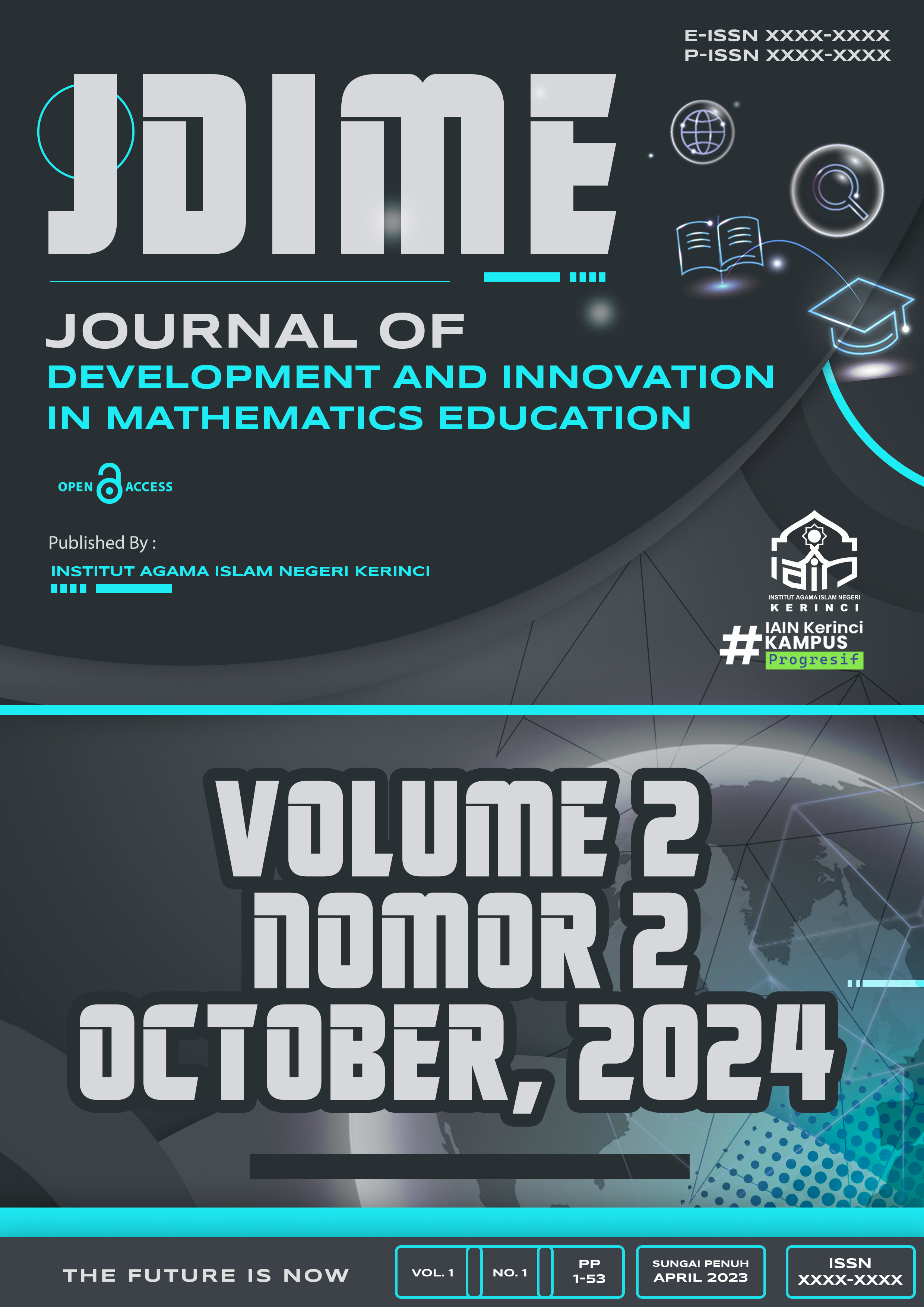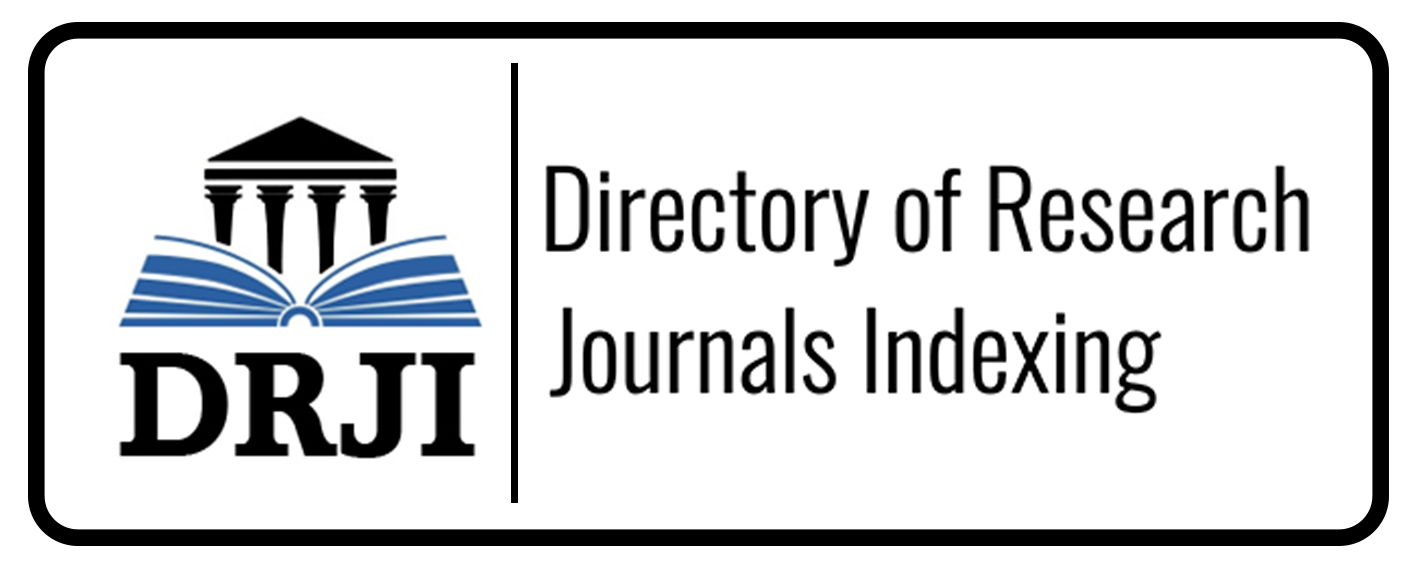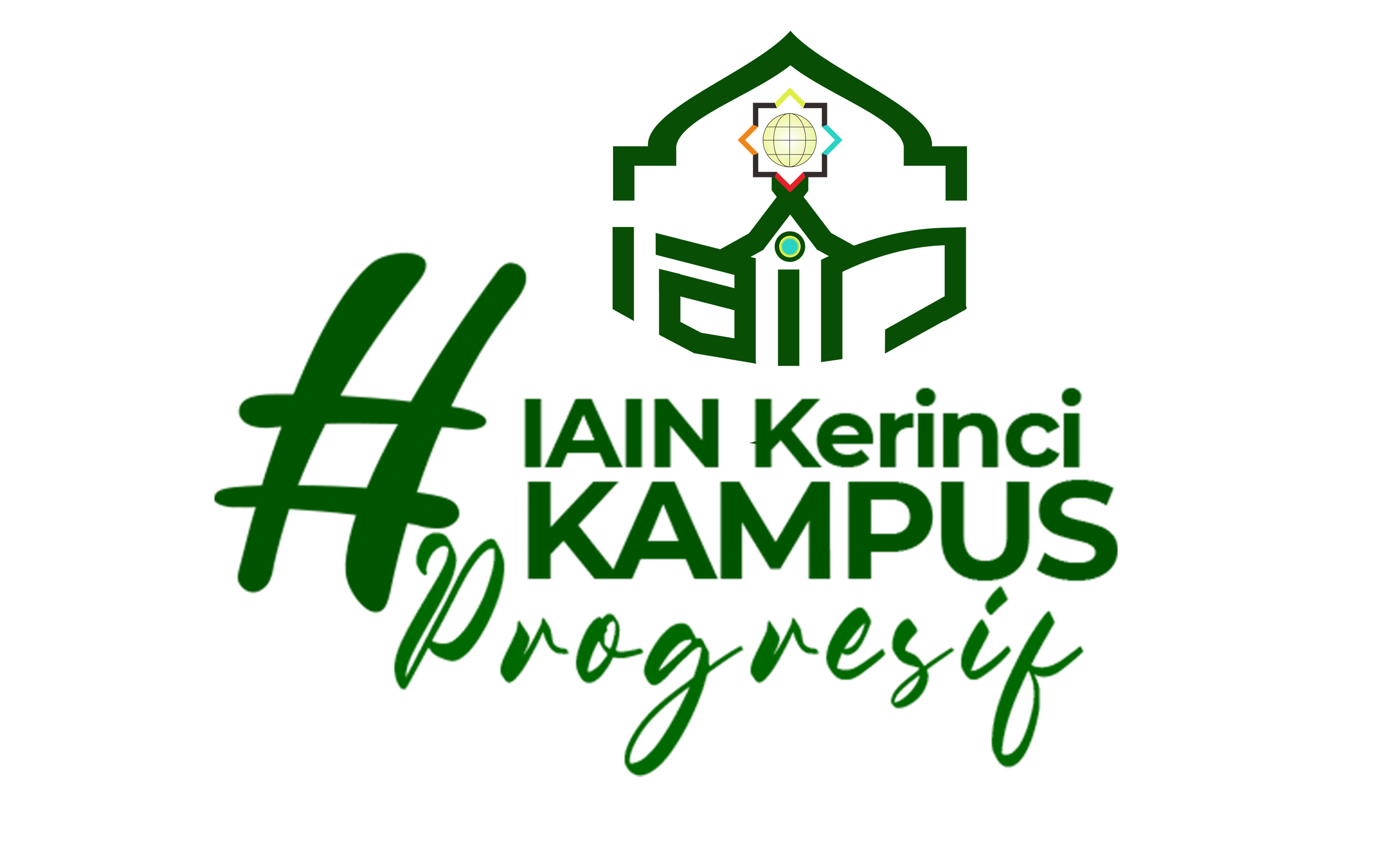Edutainment "Aritmo": Development and Impact of Video Games on Students' Critical Thinking Skills
Abstract
This study aims to develop and evaluate the effectiveness of a video game-based learning media in enhancing students' critical thinking skills in social arithmetic. The research and development (R&D) method, utilizing the Borg and Gall model, was employed to produce valid, practical, and effective learning media. The research instruments included validation sheets, practicality questionnaires, and effectiveness tests. The sample was selected using purposive sampling, involving 120 respondents from two different junior high schools. The respondents consisted of five experts as validators, 60 students who used the "Aritmo" video game-based learning media, and 60 students as the control group. The validation results by the experts indicated that the "Aritmo" video game has a very high quality, with an average score of 4.6 for alignment with learning objectives and user engagement, 4.4 for content appropriateness and functionality, and 4.0 and 4.2 for graphics and ease of use, respectively. The material validation also showed satisfactory results, with an average score of 4.4 for curriculum alignment, 4.6 for content accuracy, and 4.2 for relevance to learning objectives. The effectiveness test results, using an independent sample t-test, revealed that the use of the "Aritmo" video game had a significant impact on improving students' critical thinking skills, with a Sig. value of 0.031, which is lower than the significance level of 0.05. Thus, this study concludes that the "Aritmo" video game is an effective learning medium that can be used to enhance students' critical thinking skills in social arithmetic learning.
Downloads
References
Adesope, O. O., & Nesbit, J. C. (2012). Verbal redundancy in multimedia learning environments: A meta-analysis. Journal of Educational Psychology, 104(1), 250–263. https://doi.org/10.1037/a0026221
Ary, D., Jacobs, L. C., & Sorensen, C. K. (2010). Introduction to research in education. Cengage Learning.
Atmaja, A., & Santoso, H. (2023). Enhancing critical thinking skills through innovative teaching methods in Indonesian schools. Journal of Education and Learning, 12(1), 34-50.
Borg, W. R., & Gall, M. D. (1983). Educational research: An introduction (4th ed.). Longman.
Brown, J., & Keegan, D. (2017). Validity and reliability of educational instruments. Journal of Educational Measurement, 54(1), 72-89. https://doi.org/10.1111/jedm.12154
Cavanaugh, C., Hargis, J., & Mayberry, J. (2014). The impact of online learning on student engagement and performance. Journal of Educational Technology & Society, 17(1), 16-29.
Cavanaugh, C., Hargis, J., & Mayberry, J. (2014). The impact of online learning on student engagement and performance. Journal of Educational Technology & Society, 17(1), 16-29.
Center for Data and Information Technology (CDIT). (2021). Survey on critical thinking skills in Indonesian education. CDIT Publications.
Cheung, A. C., & Slavin, R. E. (2013). The effectiveness of educational technology applications for enhancing mathematics achievement in K-12 classrooms: A meta-analysis. Review of Educational Research, 83(3), 341-371.
Clark, D. B., Nelson, B., & Kershner, J. (2016). *A design-based research approach to developing a digital game for learning mathematics*. Educational Technology Research and Development, 64(3), 463-484. https://doi.org/10.1007/s11423-016-9445-6
Creswell, J. W. (2014). Research design: Qualitative, quantitative, and mixed methods approaches. Sage Publications.
Field, A. (2013). Discovering statistics using IBM SPSS statistics. Sage Publications.
Gall, M. D., Gall, J. P., & Borg, W. R. (2007). Applying educational research: A practical guide (6th ed.). Pearson Education.
Gee, J. P. (2013). The anti-education era: Creating smarter students through digital media. Palgrave Macmillan.
Halpern, D. F. (2014). Thought and knowledge: An introduction to critical thinking. Psychology Press.
Johnson, D. W. (2019). Critical thinking skills assessment. Educational Psychology Review, 31(4), 497-515. https://doi.org/10.1007/s10648-019-09505-4
Kemp, J. E. (2016). Instructional design planning and implementation. Educational Technology Publications.
Kurniawan, A., Santoso, H., & Prabowo, E. (2018). Mobile learning applications and their impact on students’ critical thinking skills in mathematics. International Journal of Education and Practice, 6(4), 263-278. https://doi.org/10.18488/journal.61.2018.64.263.278
Miarso, Y. (2014). Teknologi pendidikan: Pengembangan media pembelajaran. Alfabeta.
Muliati, E., & Rahmat, N. (2019). The effectiveness of educational games in science learning: A study on students’ critical thinking skills. Journal of Science Education and Technology, 28(2), 123-136. https://doi.org/10.1007/s10956-018-9745-4
Mullis, I. V. S., Martin, M. O., & Foy, P. (2020). TIMSS 2019 International Results in Mathematics and Science. TIMSS & PIRLS International Study Center.
OECD. (2019). PISA 2018 Results: What Students Know and Can Do. OECD Publishing.
Pallant, J. (2020). SPSS survival manual: A step by step guide to data analysis using IBM SPSS. McGraw-Hill Education.
Prensky, M. (2016). The use of games and simulations for teaching mathematics. Journal of Educational Computing Research, 54(6), 891-908.
Sailer, M., Hense, J. U., Mayr, S. K., & Mandel, T. (2017). How gamification motivates: A study on the relationship between gamification, motivation, and performance. Computers in Human Behavior, 71, 492-500.
Schofield, T., & Tickle, L. (2017). The use of digital technologies in mathematics education: A review of the literature. Mathematics Education Research Journal, 29(2), 203-226.
Scholz, B., Zettl, H., & Fiske, S. T. (2019). The effects of video games on mathematics achievement and problem-solving skills. Journal of Educational Psychology, 111(4), 657-670.
Sugiyono. (2016). Metode penelitian pendidikan: Pendekatan kuantitatif, kualitatif, dan R&D. Alfabeta.
Sukmadinata, N. S. (2017). Pengembangan kurikulum: Teori dan praktik. Rosda Karya.
The World Bank. (2022). Education System Performance in Indonesia: A Report on Critical Thinking and Problem Solving. The World Bank
Tschannen-Moran, M. (2017). Critical thinking and mathematics education: The importance of instructional strategies. Mathematics Education Research Journal, 29(1), 67-84.
Wijaya, A., & Setiawan, B. (2021). Utilizing digital applications in mathematics education to enhance problem-solving skills. Journal of Educational Technology Development and Exchange, 14(1), 45-60. https://doi.org/10.18785/jetde.1401.04
Zhang, Y., Wang, C., & Xu, L. (2021). Addressing students' critical thinking through technology-enhanced learning environments. Educational Technology Research and Development, 69(1), 123-145.
Zhang, Y., Wang, C., & Xu, L. (2021). Addressing students' critical thinking through technology-enhanced learning environments. Educational Technology Research and Development, 69(1), 123-145. https://doi.org/10.1007/s11423-020-09765-6
Copyright (c) 2024 Fitri Ayu Ningtiyas, Rifaatul Mahmuzah, Yulia Zahara, Nurul Afni Sinaga

This work is licensed under a Creative Commons Attribution 4.0 International License.



























 JDIME: Journal of Development and Innovation in Mathematics Education (e-ISSN
JDIME: Journal of Development and Innovation in Mathematics Education (e-ISSN 
